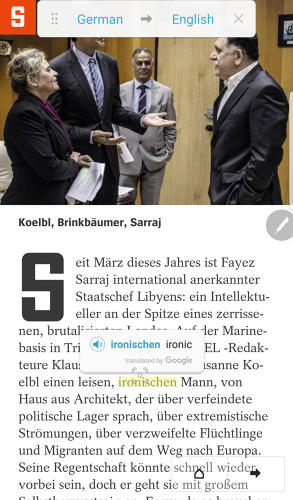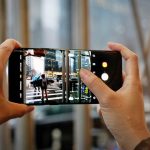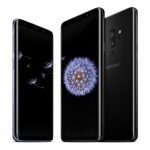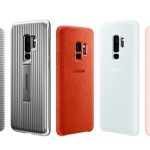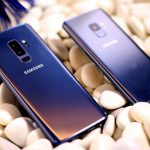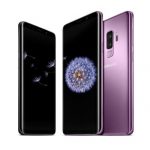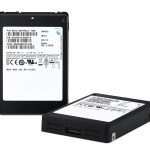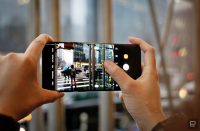Samsung’s Note 7 Pen Functions Are Still Searching For A Raison D’être
This is the third in a three-part series reviewing Samsung’s important new Galaxy Note 7 smartphone. The first part concerned the device’s design. The second concerned the device’s new iris scanner.
The thing that makes a Note a Note is the included pen stylus. But while the rest of the device has consistently improved over the various versions, the pen-related functions have seemed like a work in progress.
So I approached the pen functions in the new Galaxy Note 7 with some skepticism. And while I wasn’t blown away by the new functions that were added, they may cause some people to pull out the pen more often.
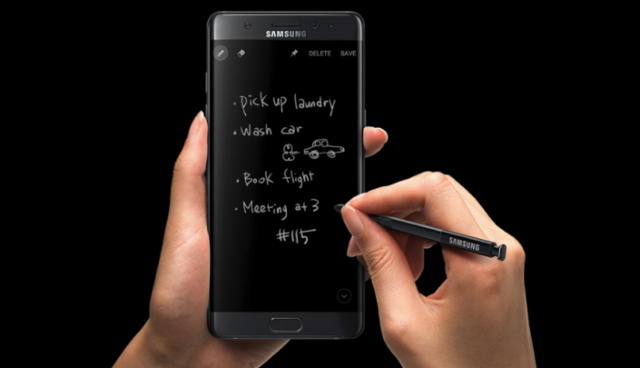
Off-Screen Notes
The most immediately useful trick of the pen is probably the simplest—the ability to write a note or list on the display without even having to turn on or unlock the device. You just remove the pen and start writing, then save. Actually this function was available on the last Note, the Note 5, and it still works fine on the Note 7. What’s new with the 7, Samsung says, is the ability to pin these notes to your home screen. I don’t see this as a major bump in utility. You still have to unlock your phone to get to the note you created. The ability to access the note from the “always on” screen without having to unlock the phone would be more useful.
Writing notes feels a little better on the Note 7 than on the Note 5. The Note 7’s pen has a more natural-feeling interplay with the screen. Its tip is smaller at 0.7 millimeters, and the pressure sensitivity of the stylus has been improved to create a ballpoint pen-like experience.
Samsung has also added a number of new pen types and shading options, for people who look at notes in a less utilitarian and more artistic way. I’m not an artist, so the addition of airbrush settings and pressure-sensitive shading aren’t a big deal to me. If I want to create art, I’d more likely do it on a tablet running Procreate with a larger, weighted stylus. I wouldn’t do it on a large smartphone. But to each his own.
GIF Capture
Perhaps the pen’s flashiest new trick is its ability to instantly capture and create a GIF from a piece of video, or from pretty much anything moving on the screen. It takes some tapping to get the job done, but it works. When you see some video you want to make a GIF from, you tap open the “Air Command” pen menu and choose “smart select.” You then tap the “GIF animation” icon at the top of the screen, which brings up what looks like a cropping square that you position and adjust around the video. When you reach the point of the video you want to grab, you toggle on, then off, the record button at the bottom of the square.
I found it a little difficult to capture just the right portion of the video for the GIF. I had to keep backing up the video to take practice runs. There was no editing functionality readily available to make post-grab adjustments. Actually, you can edit your GIF, but you have to locate your GIF in the image gallery app to do it. Once there you can edit the GIF for length, adjust the shape, add stickers, etc.
I also found it odd that Twitter isn’t listed in the “share” modes. I might post my GIF to Facebook or Instagram, which are listed as share options, but others like “AT&T Locker” (why is this on a T-Mobile phone??), Google+, and Pen.Up are sharing site options I’d never use.
Hover Over To Translate
With the help of Google Translate, the pen’s translate function reads 35 different languages and can translate into 71.
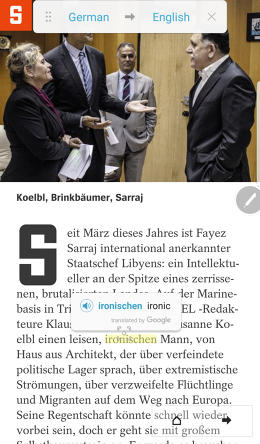
In a settings box that pops up over the text, you can tell the software what language you’re looking at (the source language), and what language you’d like it translated into (the “target” language). You hover the tip of the pen over the word you’d like translated, then a small box pops up with the original word and the translation.
The translated word looks correct in the examples and languages I tried. I noticed, however, that sometimes the pen sometimes selected only half the word I wanted to translate.
The software also provides an audio pronunciation of the word you’re hovering over. So, for example, if you’re on a German-language web page and you hover over a word, the results box will show you the German word with a small “speaker” icon next to it. Press it and you’ll hear the correct German pronunciation.
Overall, I had some trouble imagining the use case for a spot-translate feature. I suppose it might be useful for someone reading a web page in a foreign language they know well enough to read, but not well enough to know every word. I can also see the pronunciation tool being useful—knowing what a word means and knowing how to say it are two different things. That could apply, occasionally, to words read in one’s native tongue, too.
When Would I Use That?
Many of the pen’s functions I would just never use. I don’t recall ever feeling the need to take a screen grab, write some notes on it, and then share it on a social network or directly with a friend. I understand that some people might need to do that, maybe even for work purposes. I would probably never think to pull out the pen and click a few times to hover over and magnify something. I would just use a “spread” gesture to enlarge the content on the screen. I have no idea why anybody would need to take an oval-shaped grab of a web page, “extract text,” and then save it the home screen.
Truly, many of the pen-related functions seem like things that were included because they were technically easy to accomplish in the software, not because somebody thought they would actually be useful.
The first Note launched in 2011 and the device has indeed come a long way. The design and general functionality of the device have improved a lot. But the pen, even in the new Note 7, still seems to be of limited utility.
In future Notes, Samsung may zero in on the really useful pen features and improve them by increasing their intuitiveness and removing friction points. And hopefully, as it’s done in the past, it will be willing to let some of the not-so-useful features go.
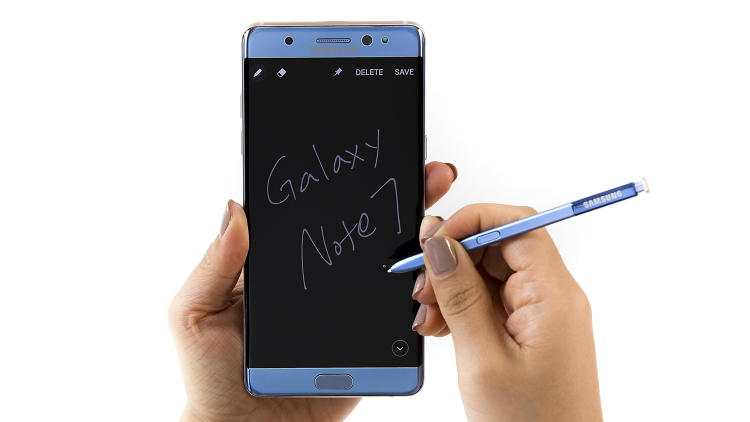
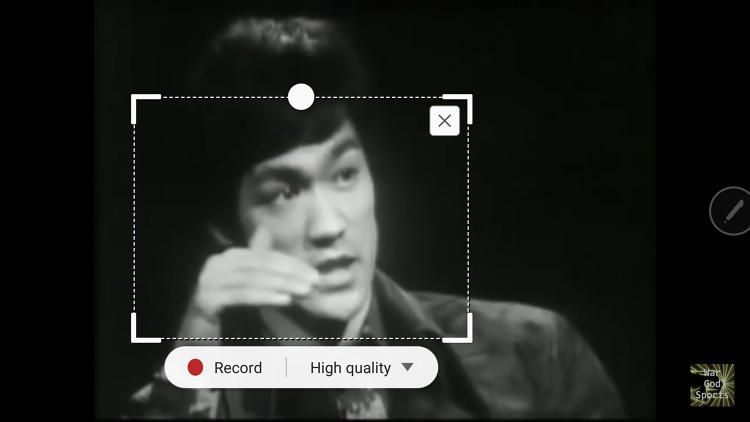
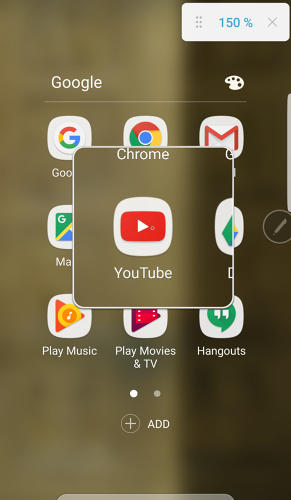
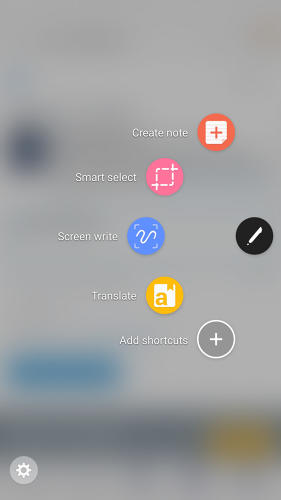
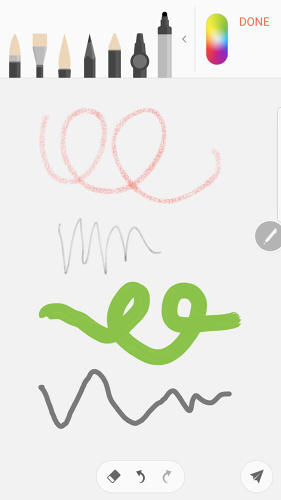

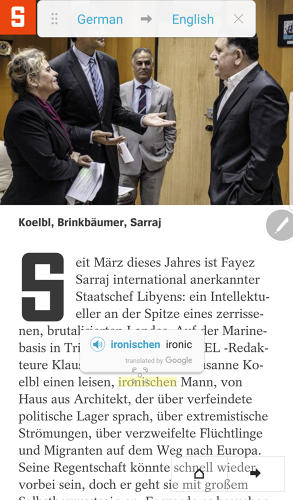
Fast Company , Read Full Story
(28)

